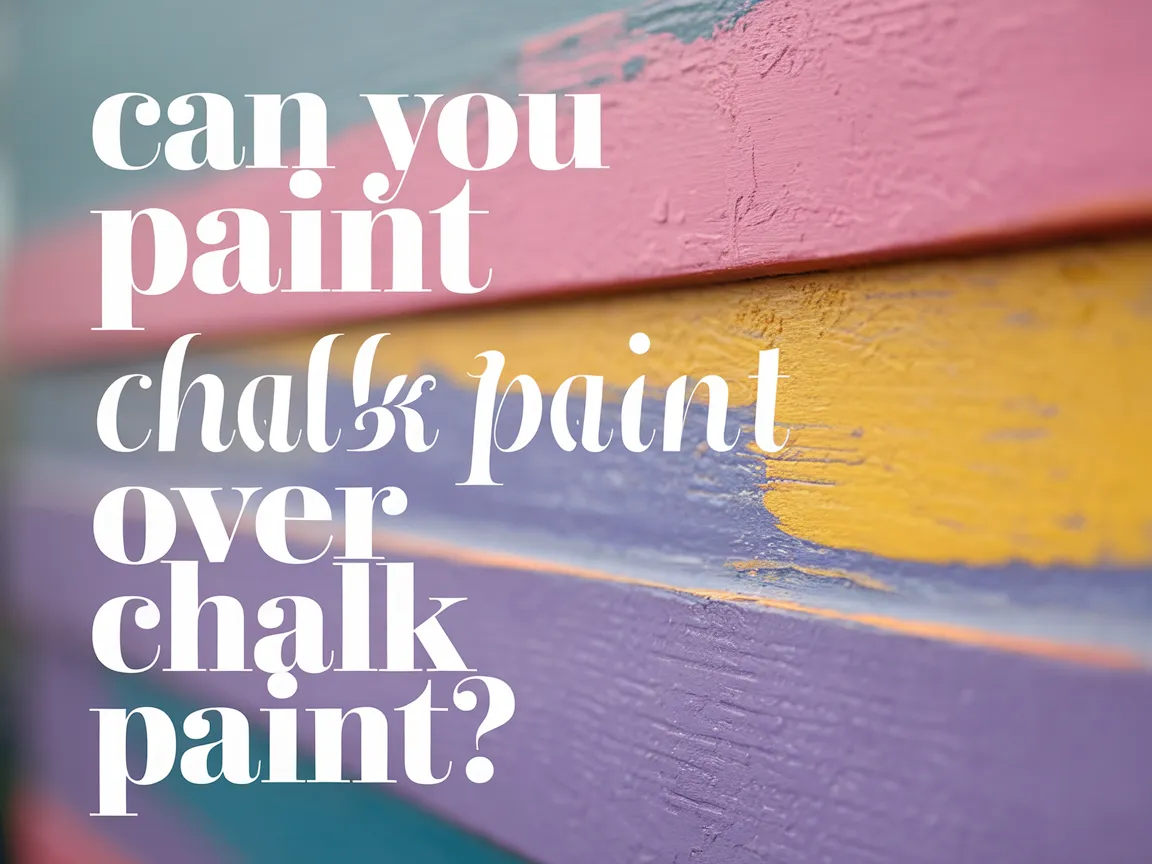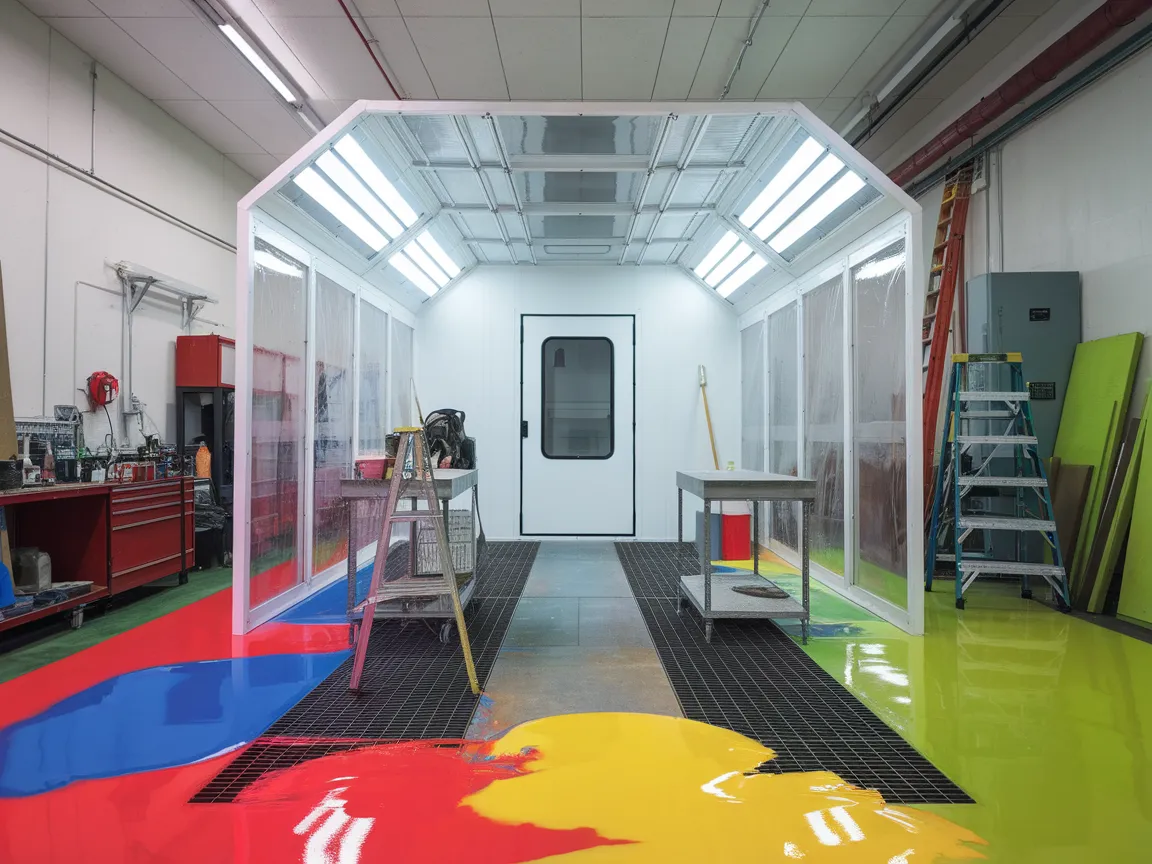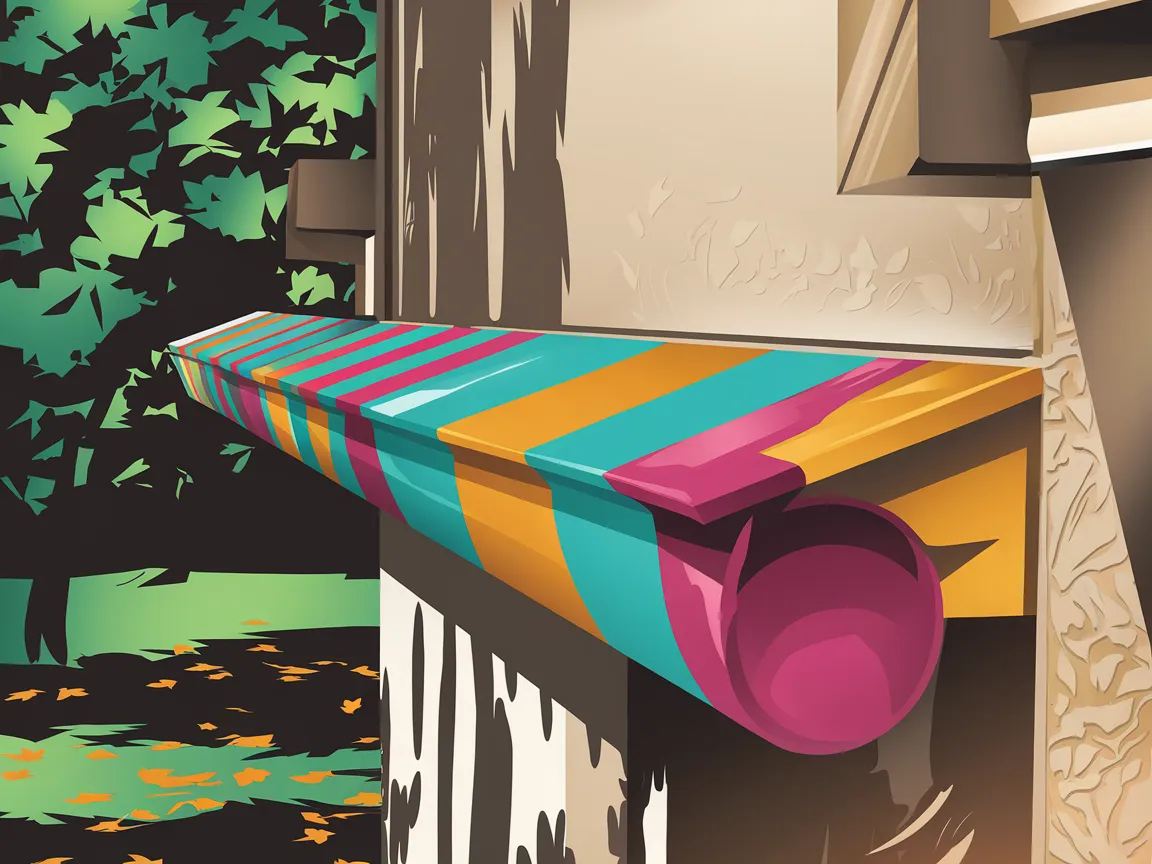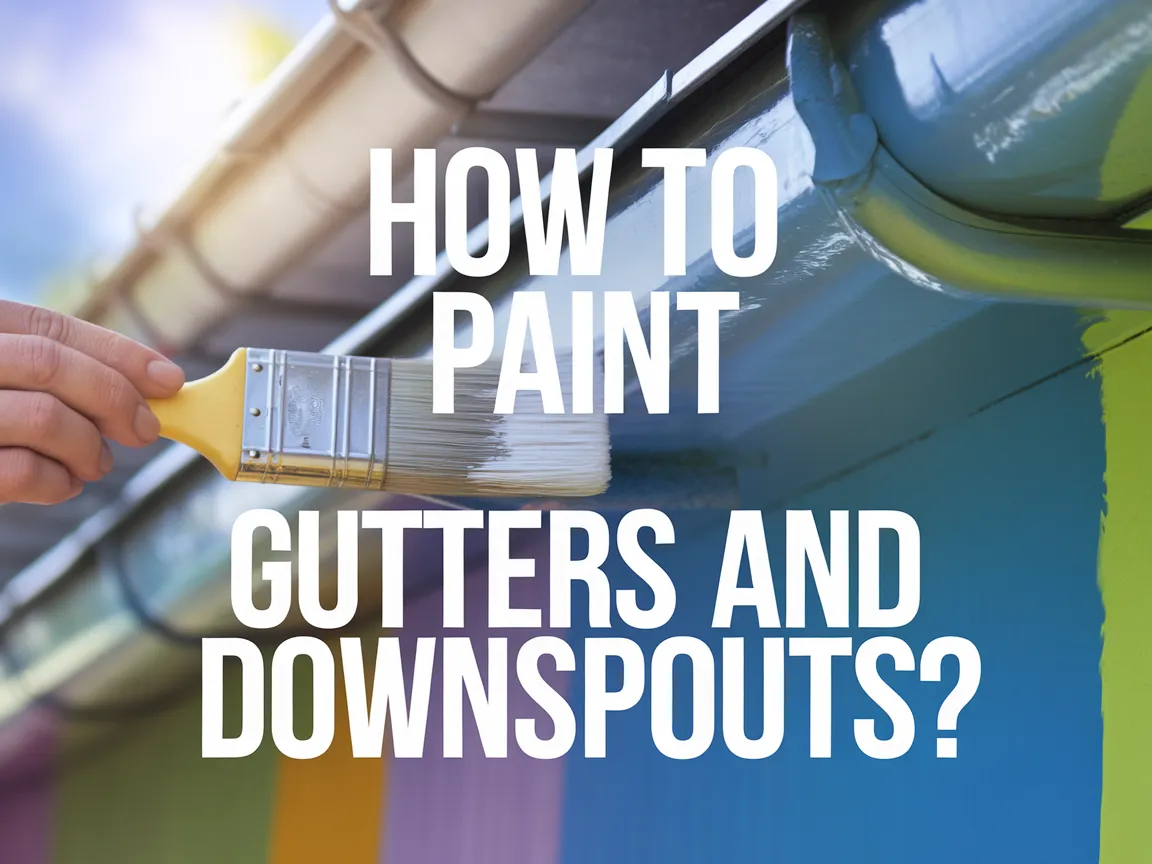Can You Paint Kilz Over Mold?
Mold is that nasty green or black stuff that pops up when it’s damp. It’s like a sponge that loves to drink water, and it can make things smell like a wet sock!
You might wonder, can you paint kilz over exterior wall mold? It’s super important to know because skipping this step can lead to big problems later on. I’ve seen mold ruin walls and keep coming back, even after a fresh coat of paint!
In this article, you’ll discover preparation steps before you start, how to properly apply kilz over mold, recommended colors for mold resistance, and common issues you might face. Plus, we’ll chat about types of kilz primers and finishing touches after applying kilz, all while answering questions like how to eliminate paint smell when you’re done painting!
Contents
- 1 Can You Paint Kilz Over Mold?
- 2 What is Mold?
- 3 Preparation Steps Before You Start
- 4 Steps to Properly Apply Kilz Over Mold
- 5 Types Of Kilz Primers for Mold Prevention
- 6 Factors Affecting the Application Of Kilz Over Mold
- 7 Common Issues When Applying Kilz Over Mold
- 8 Finishing Touches After Applying Kilz
- 9 Best Practices for Maintaining Mold-Free Surfaces After Painting
- 10 Mold Testing Methods Before Applying Kilz
- 11 Long-Term Mold Control Strategies Post-Painting
- 12 Alternative Solutions to Kilz for Mold Treatment
- 13 Frequently Asked Questions About Painting Kilz Over Mold
- 14 Conclusion
- 15 Useful Resources
Can You Paint Kilz Over Mold?
You can paint Kilz over mold, but it’s best to clean the mold first. Use a mixture of water and bleach (1:3 Ratio) to kill the mold. Once cleaned and dried, apply Kilz for a solid barrier against future growth. Preventing streaks during application ensures a smooth and uniform protective coating. prevent painting streaks effectively Remember, mold can still come back, so keep the area dry!
The Finishing Touch
A freshly painted wall is a blank canvas. The best way to bring your room to life is with a single piece of statement art that ties everything together.
Browse Wall Art at Big Wall DecorWhat is Mold?
Mold is a type of fungus that grows in damp, moist environments. With over 100,000 species worldwide, it produces spores that disperse through the air, and high humidity levels (Around 70% and Above) promote its growth.
Now, can you paint Kilz over mold? From personal experience, I’ve often dealt with mold while renovating my home. Addressing mold before painting can be a game-changer.
I’ve used mold-resistant paints after addressing the underlying issues. Mold’s interaction with various paints highlighted the importance of using quality products. Humidity levels and proper ventilation play a crucial role in how long the paint smell lingers. I remember painting a small room in just two hours, and the fumes lingered for days. When tackling tricky painting areas like behind radiators, I discovered some specialized exterior painting techniques for tight spaces.
Preparation Steps Before You Start
What do you need to prepare for painting over mold with Kilz?
- Kilz Mold & Mildew Primer: You’ll need at least 1 gallon (3.785 Liters) of Kilz 2 for effective adhesion. It seals and primes surfaces, preventing mold from seeping back.
- Personal Protective Equipment: Get gloves and a mask, like an N95. They protect you from mold spores and primer fumes while you work.
- Bucket and Ladder: Use a 5-gallon (18.925 Liters) bucket to safely reach higher spots for a complete priming job.
- Scraping Tool: A 4-inch (10.16 Cm) putty knife effectively removes any loose mold or paint.
- Clean Water and Rags: You’ll need at least 1 liter (About 0.26 Gallons) of water to clean the surface effectively.
So far we covered the necessary preparation steps before beginning. Let’s look at the proper application of Kilz over mold next.
Also See: Can Metal Roofs Be Painted? Tips for a New Look!

The Finishing Touch
A freshly painted wall is a blank canvas. The best way to bring your room to life is with a single piece of statement art that ties everything together.
Browse Wall Art at Big Wall DecorSteps to Properly Apply Kilz Over Mold
Here are the steps for applying Kilz over mold. It’s vital to follow them for the best results.
-
Assess the Mold Area
First, identify the extent of the mold. Ensure it’s only surface mold; deeper issues may need attention.
A clear understanding helps you decide if Kilz is the right choice. If the mold is longstanding or extensive, consult a professional.
-
Prepare the Surface
Wash the affected area with a solution of one cup (About 240 Ml) of bleach per gallon (3.8 L) of water. This kills visible mold spores and prepares a clean surface for Kilz.
After washing, ensure the surface is completely dry. Humidity can affect Kilz adherence, so aim for less than 50% relative humidity if possible.
-
Apply Kilz Primer
Use your brush or roller to apply a generous coat of Kilz mold-resistant primer, focusing on edges and seams.
Allow it to dry fully—about 2 hours at room temperature (About 22°C / 72°F). A second coat may be needed for stubborn spots.
-
Seal the Area
Seal the treated area by caulking any gaps around windows, doors, and moldings. This keeps moisture at bay, essential for preventing future mold.
Generally, a few tubes (Around 10 Oz / 296 Ml Each) of paintable caulk should suffice for an average room. I once didn’t seal thoroughly, and the mold reemerged quickly!
-
Finish With Paint
Once the Kilz primer has dried completely, apply your topcoat paint. Choose a mold-resistant formula to extend the life of your job.
Two coats of paint are often necessary for even coverage. Let each coat dry for a couple of hours, but check the manufacturer’s instructions for specific times.
We’ve wrapped up the steps for properly applying Kilz over mold here. Let us turn our attention to the types of Kilz primers for mold prevention.
Types Of Kilz Primers for Mold Prevention
Let’s discuss the types: oil-based, water-based, shellac-based, and special-purpose primers.
-
Oil-based Primers
Oil-based primers excel at covering mold. They block moisture and create a strong barrier. With a drying time of 24 hours (1 Day), these primers adhere well to problematic areas.
-
Water-based Primers
Water-based primers are easy to clean and have low odor. Drying in about 30 minutes (0.5 Hours), they’re great for indoor use where ventilation is limited.
-
Shellac-based Primers
Shellac-based primers dry quickly, in about 15 minutes! They effectively seal mold stains, making them an excellent choice for moisture-prone areas.
-
Special-purpose Primers
Special-purpose primers address specific issues like mildew or high moisture. They handle difficult surfaces while providing a mold-resistant finish.
From both successes and failures, I’ve learned that oil-based primers offer a strong defense against mold. Their thick consistency provides real peace of mind in areas with moisture.
So far we covered various Kilz primers used for mold prevention. Let’s look at the factors that affect Kilz application over mold next.
Factors Affecting the Application Of Kilz Over Mold
What factors influence applying Kilz on mold surfaces directly?
-
Surface Condition: If the surface is too damp, Kilz may not adhere well.
-
Mold Type: Different mold types require specific treatments before using Kilz for effectiveness.
-
Ventilation: Poor airflow increases drying times, allowing mold to reappear under Kilz.
-
Paint Quality: Low-quality Kilz may not effectively seal mold, risking future growth.
We’ve wrapped up the factors influencing Kilz application over mold here. Let us turn our attention to common issues encountered.
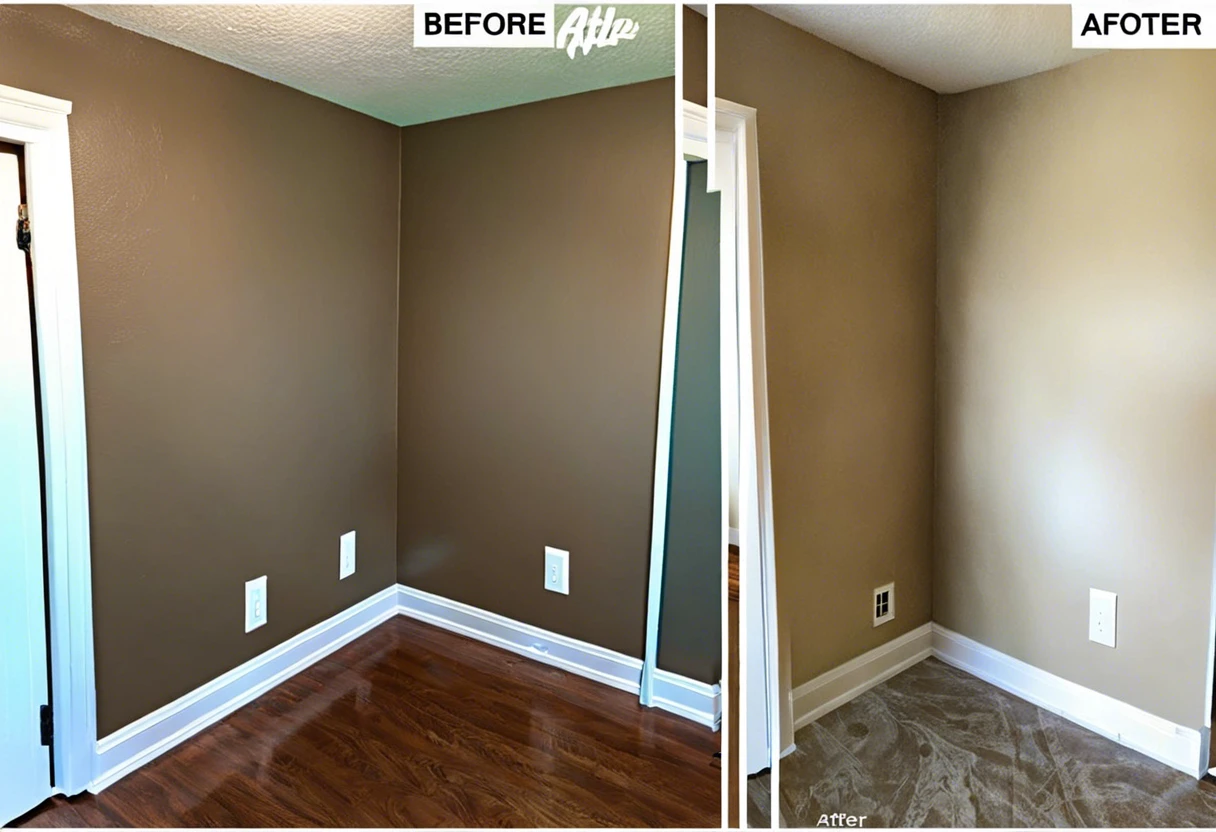
Common Issues When Applying Kilz Over Mold
My friend had a headache dealing with whether you can paint Kilz over mold. It was tricky because she didn’t clean the surface first. Over time, stains peeked through.
To fix this, use a mold stain remover with a 4:1 ratio (1 L for Larger Areas) or a vinegar solution. Proper preparation before applying Kilz ensures long-lasting results.
Finishing Touches After Applying Kilz
After tackling pesky mold, maintain a humidity level of 30-50%. Use a dehumidifier like the Frigidaire FFAD5033W1 (50-pint) for best results.
Inspection is key: check areas above 75°F (24°C) or spots where moisture collects. Look for bubbles, cracks, or discoloration after 10-14 days. I trust Zinsser Perma-White for touch-ups.
From one expert to another, consider the surface porosity (Absorbency) of mold. Always apply a second coat with a 12-inch (30-cm) roller for durability if you see signs of deterioration.
Best Practices for Maintaining Mold-Free Surfaces After Painting
It’s crucial to keep your spaces mold-free after painting over mold. Here are some expert tips to help you maintain those surfaces.
The Finishing Touch
A freshly painted wall is a blank canvas. The best way to bring your room to life is with a single piece of statement art that ties everything together.
Browse Wall Art at Big Wall Decor-
Regular Cleaning
Wipe down surfaces with a damp cloth to remove dust and dirt weekly. Use a mild detergent to prevent mold spores from settling.
-
Monitor Humidity Levels
Use a hygrometer to keep humidity between 30-50%. If humidity spikes, run a dehumidifier or turn on air conditioning to keep things dry.
-
Inspect for Leaks
Check areas like basements, kitchens, and bathrooms every few months for leaks or water damage. Early detection is key to prevention.
Mold Testing Methods Before Applying Kilz
Want to be sure about mold types? Testing helps!
| Test Method | Description | Cost Range |
|---|---|---|
| Swipe Test | Use adhesive tape to collect mold samples for lab analysis. | $20-$50 |
| Air Quality Test | Sample air for spores, typically done through a professional service. | $200-$500 |
| Mold Testing Kits | Purchase a kit and perform at home, yielding quick results. | $10-$40 |
Long-Term Mold Control Strategies Post-Painting
Taking care of mold after your Kilz application is critical.
- Install Exhaust Fans: In high-moisture areas, they help lower humidity levels by 30-50%.
- Use Dehumidifiers: A 30-pint (14.2 L) model can remove up to 10 liters of moisture per day!
- Maintain Clean Gutters: Clogged gutters can lead to leaks, increasing moisture content in your home.
Alternative Solutions to Kilz for Mold Treatment
If you’re curious about options beyond Kilz, consider these alternatives.
| Product Name | Type | Coverage Area |
|---|---|---|
| Zinsser Mold & Mildew Stain Remover | Liquid Spray | Around 200 sq. ft. (18.58 sq. m) |
| Concrobium Mold Control | Non-toxic Solution | Around 500 sq. ft. (46.45 sq. m) |
| RMR-86 Instant Mold Stain Remover | Fast-acting Spray | Around 100 sq. ft. (9.29 sq. m) |
| Borax (Sodium Tetraborate) | Powder | Mix 1 cup (240 ml) in 1 gallon (3.785 L) of water |
These alternatives can provide effective mold treatment and prevention, depending on your circumstances. Each has specific applications, so choose the best fit for your needs!
Frequently Asked Questions About Painting Kilz Over Mold
Can I Use Kilz on a Surface With Active Mold?
Yes, you can use Kilz on a surface with active mold. Kilz specializes in blocking and sealing mold, helping prevent its appearance and deterioration on the surface.
How Long Does Kilz Take to Dry?
Kilz takes about 1 hour to dry to the touch and 2-4 hours for recoat. Drying times can vary with humidity and temperature, so keep that in mind.
Can I Paint Over Mold With Regular Paint After Using Kilz?
No, you should not paint over mold with regular paint after using Kilz. Use high-quality paint specifically made for mold resistance to avoid future growth.
What if the Mold Returns After Painting?
If the mold returns after painting, it may indicate an underlying moisture problem. Address any leaks or damp areas first, or consider professional help if the issue persists.
Is Kilz Safe for Indoor Use?
Yes, Kilz is safe for indoor use when following label instructions. Ensure good ventilation during and after painting to minimize any harmful fumes.
How Can I Properly Prepare a Surface Before Using Kilz?
To prepare a surface before using Kilz, clean the area thoroughly to remove dirt and mold. A mixture of soap and water works well; rinse with clean water and allow it to dry completely.
Can I Apply Kilz to Different Surface Types?
Yes, Kilz can be applied to various surfaces, including drywall, wood, and metal. Make sure the surface is clean, dry, and properly primed for optimal adhesion.
Does Kilz Have a Strong Odor?
Yes, Kilz can have a strong odor due to its chemical composition. Use a mask and ventilate the area to minimize inhalation and discomfort during application.
Conclusion
Phew, we covered a lot. We explored what mold is, the preparation steps before starting, how to apply Kilz over mold, recommended colors, types of Kilz primers, factors affecting application, common issues, finishing touches, and even DIY ideas to prevent mold.
Hopefully, I was able to impart some of my experience on the question, can you paint Kilz over mold? To put it simply, yes, you can, as long as you prep the surface right, choose the appropriate Kilz primer, and follow the correct application steps.
If you’re eager to learn more about painting techniques and home improvement, visit Paint Answers for further insights.
Useful Resources
- Loomis, A. (2011). Figure Drawing for All It’s Worth. New York, NY: Titan Books.
- Is KILZ paint effective against mold? – Quora
- KILZ Mold & Mildew Articles – The Perfect Finish Blog by KILZ®
Isabella is a Filipino-American art writer and critic specializing in contemporary painting, blending her Filipino heritage with global art trends. She holds a BFA from California State University, Long Beach, and a Minor in Art History from the University of the Philippines. Isa has experience as a Gallery Assistant, Art Appraisal Specialist, and Social Media Creative for Art & Design.
Exterior, Wall






